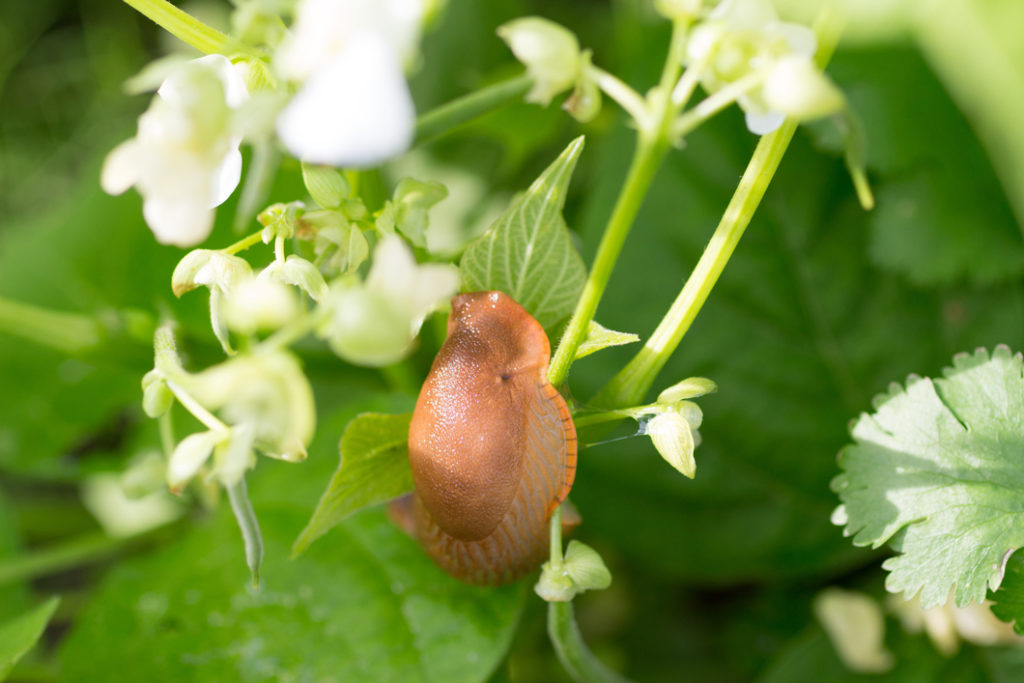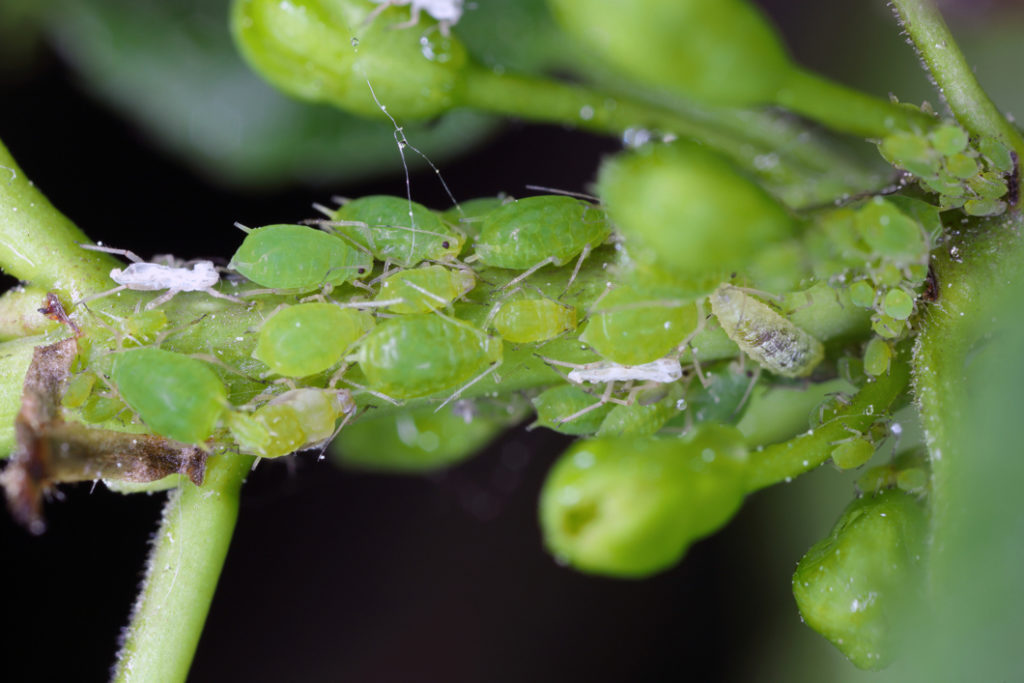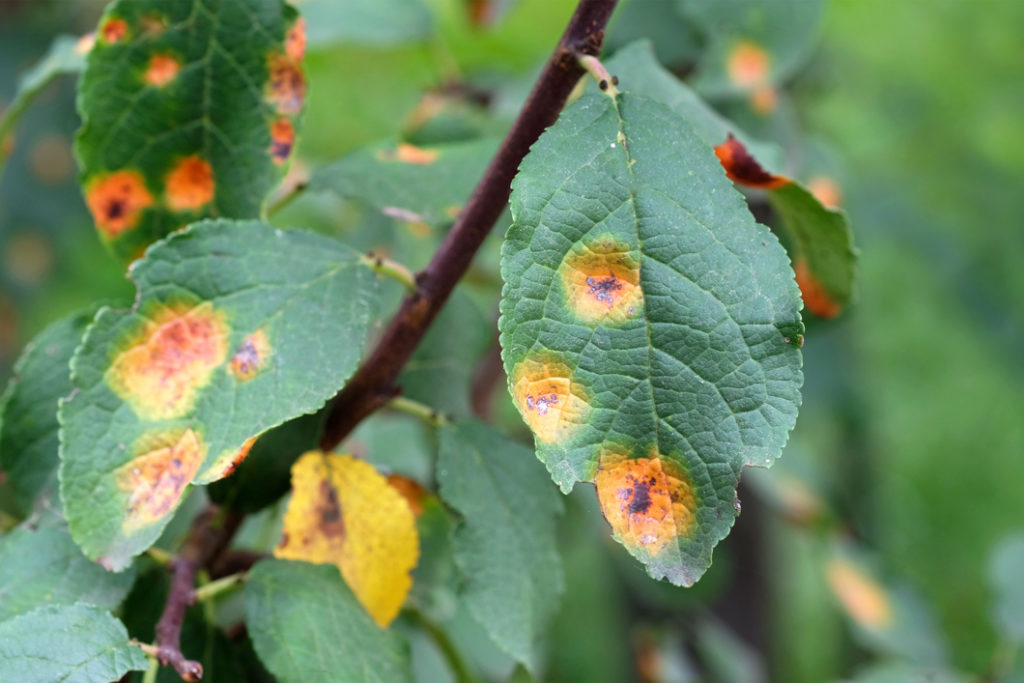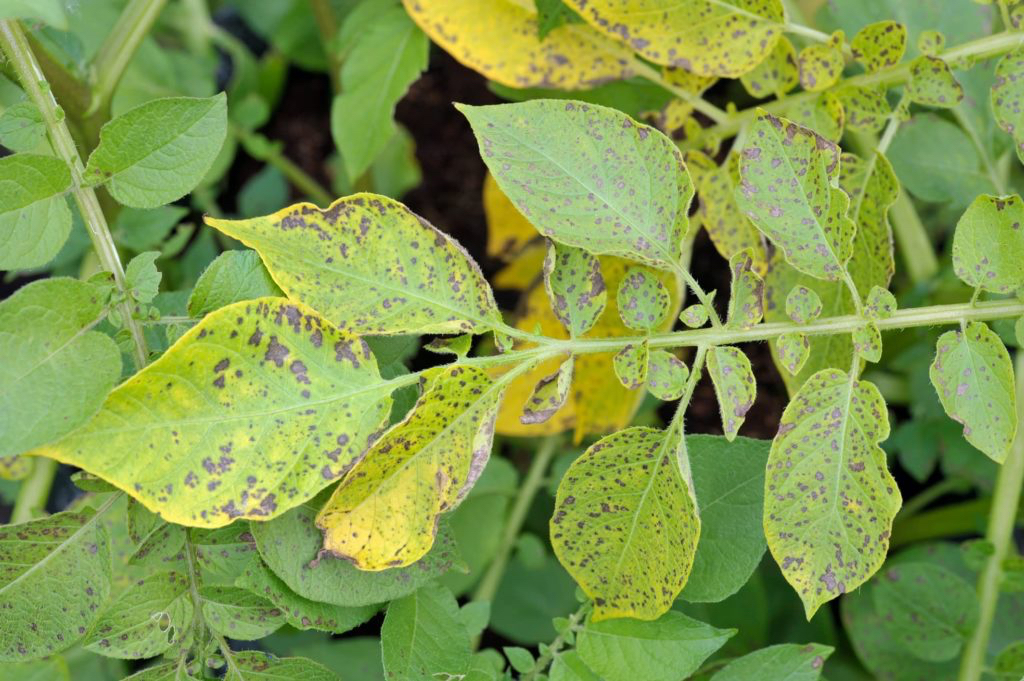Pests And Diseases Ravaging Your French Beans? Try These Control Options

VEGETABLES > FRENCH-BEANS > PESTS

Ed is a horticultural therapist, professional gardener and writer. Ed has a BSc in Occupational Therapy from Coventry University and a Diploma in Social and Therapeutic Horticulture (DipSTH) via Thive, the RHS and Pershore College. Ed runs a community kitchen garden in West Sussex, where he leads horticultural therapy sessions.
Reviewed By DAN ORI

Dan has over 27 years’ under his belt caring for plants and gardens. Working as a Horticultural Instructor and Consultant, he draws on a diverse range of experience that includes working as a Head Gardener, Tree Surgeon, Garden Centre Trouble Shooter, and writer of academic papers. Dan has a Level 3 Diploma in Horticulture and is currently a candidate for the RHS’s most prestigious award – The Master of Horticulture.
FRENCH BEANS GUIDES
Harvesting
Pests & Diseases
Sowing
Support
French beans, both climbing and dwarf, are widely grown here in the UK and usually without too many problems for the home gardener.
However, there are some pests and diseases that can not only hinder, but destroy a potential crop of beans if swift action is not taken.
The most common issues gardeners experience when growing French beans include:
- Slugs and snails
- Birds
- Aphids
- French bean rust
- Halo blight
See our guidelines for dealing with each of these common problems below.
1) Slugs And Snails
Slugs and snails can be a real issue for young French bean plants, especially during wet conditions, and can decimate a bed of seedlings overnight.
Leaving behind their tell-tale slime tracks, slugs and snails feast on bean foliage and can cause irreparable damage.
There are several control options available to protect against these French bean pests, but a combination of several can often prove most effective, along with only planting out strong robust plants.

Barrier controls essentially place a substance around the bean plant which these troublesome gastropods don’t like to climb over.
From copper tape to crushed eggshells and gravel, they are easily available and include sustainable options.
“From personal experience and many studies conducted, it has been discovered barriers of copper tape, crushed eggshells and gravel are ineffective in controlling gastropod (slug and snail damage).
“I use a layer of petroleum jelly around the base of my plants and remove the bottom few leaves to control slugs and snails on my beans.”
Encouraging slug and snail predators such as frogs, toads and hedgehogs into the garden can also be beneficial as they will reduce their numbers by eating them.
Removing slugs and snails by hand at night under torchlight can be surprisingly effective as well, as vast numbers can quickly be collected.
2) Birds
Some birds can be a real problem when growing French beans, especially the common pigeon, which eats the leaves and soft growing tips of bean plants.

The only effective way of preventing bird damage is to net the plants, especially when the beans are young or when growing dwarf varieties.
The netting does need to be supported by hoops or canes though, as they will even land on the netting to get at the foliage underneath.
3) Aphids
Black bean aphids or blackflies are only small at up to 2mm in length and can be tolerated in small numbers, but larger infestations can cause stunted growth and poor harvests.
Commonly found on the growing tips and underside of the leaves, the aphids leave behind a sticky honeydew that often attracts ants.

If low levels of aphids start to increase, control measures can include squishing by hand, spraying them off with a hose gun attachment and encouraging aphid predators into the area, such as ladybirds and hoverflies.
“Some aphids on my bean plants don’t particularly bother me, as the plant can normally handle them, but if you want to help prevent some colonisation of aphids, you can pinch off the tips of new growth as the plant comes into flower,” advises Master Horticulturist Dan Ori.
“This removes the most attractive food source for the aphids.”
4) French Bean Rust
Rust is a fungal disease spread by spores that can affect both runner and French beans, resulting in poor growth and leaf drop.
Often encouraged by wet conditions, rust begins as pale spots develop on the tops of the leaves before covering both sides in tiny black pustules – finally leading to the leaves dying and falling from the plant.
Rust, thankfully, tends to affect beans later on in the season, which hardly affects the bean crop.

However, if rust is spotted early on in the summer it is advisable to remove any affected foliage and destroy it, rather than adding it to a home compost system, to prevent contagion.
As a fungal disease, it is important not to save and store any seed from French bean plants affected by rust to prevent any future issues.
5) Halo Blight
Halo blight, aptly named due to the yellow halo that forms around small brown blotches that appear on the foliage, is a bacterial disease that can affect French bean varieties.
Transmitted by seed, if halo blight is confirmed or even if suspected, then no beans should be saved to sow from the affected plant.

If halo blight appears on a few plant leaves it is recommended to try removing only the affected leaves.
“Halo blight is one very good reason to use annual crop rotation when growing vegetables, and I recommend not saving seed but starting again, with fresh shop-bought seed the next year,” adds Dan.
However, if the plant is badly affected, then its entire removal and disposal are advisable, along with avoiding growing beans in the same location for several years.
